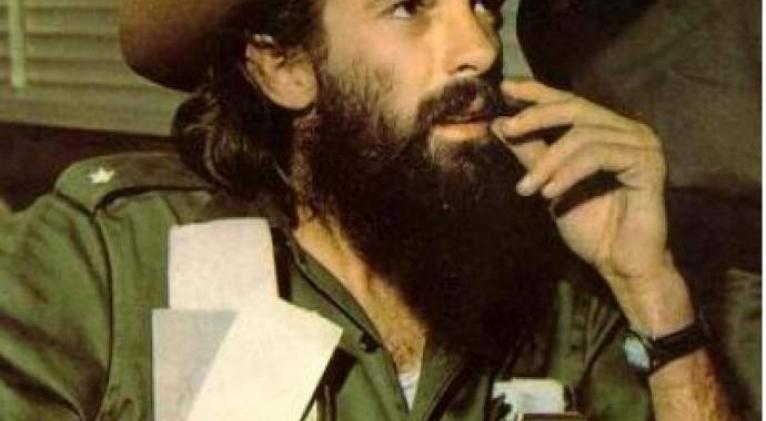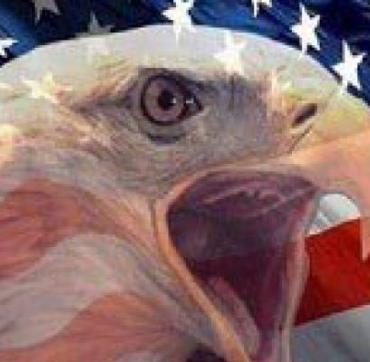Saying Cuban is saying Camilo
especiales

October 28, 2022 marks the 63rd anniversary of the physical disappearance of the unforgettable Commander Camilo Cienfuegos at a time when his compatriots are living through times of change and intense work as they cope with the viciousness of an enemy as challenging as the one he successfully faced in doing his duty as a Cuban.
With the same tenderness that José Martí used when he spoke of the national soul, Camilo’s fellow citizens will once again go in their usual pilgrimage to seashores, rivers and springs, aware that saying Cuban is saying Camilo, not only for his jovial, outspoken and courageous personality, but also for what he did for the freedom of his Homeland.
He was born in Havana on February 6, 1932 and died at 27, falling in combat, we could say, along with two comrades, the pilot Luciano Fariñas and the escort Felix Rodriguez, when a storm shot down the small Cesna plane in which they were flying back to Havana from the province of Camaguey after fulfilling an important revolutionary mission.
He is equally felt as a true compatriot when he keeps sending from eternity the message that we can win if we face hardship head-on and move forward with resolve, creativity, ingenuity and good humor, all resources and virtues of the Cuban identity.
These are not mere words to philosophize or make poetry. Camilo set examples, such as his great role in the Rebel Army, along with Ernesto Che Guevara, to extend to western Cuba—at the head of two guerrilla columns—a war that they were already winning in our mountains and plains.
In 1954, as a teenager, Camilo joined the struggle against the dictatorship, which earned him arrest and exile in the United States, from where he was deported at 21. Back in Cuba, he linked up with the student revolutionary movement. He was imprisoned and tortured. Upon his release, he went back to the U.S., where he learned of Fidel Castro's plans in Mexico and decided to join him.
Enrolled in the crew of the yacht Granma, he sailed to Cuba on November 25, 1956 as part of an 82-strong expeditionary force willing to die for Cuban independence. They landed on eastern Cuba on December 2 and started their saga in the Rebel Army, in which Camilo excelled in the fulfillment of multiple armed missions led by Fidel, Juan Almeida and Che Guevara and earned the rank of Commander in April 1958, thanks to his brilliant organizational and combat skills.
Between October and December 1958, the Lord of the Vanguard—as he was popularly known—he achieved multiple victories, including the siege and seizure of the town of Yaguajay, a victory that coincided with the capture of the city of Santa Clara by Guevara and the escape of the tyrant on December 31 of that year.
As ordered by Fidel, Camilo marched quickly toward Havana along with Guevara and Juan Almeida. Once there, he took the tyranny's headquarters at the Columbia Barracks and waited for the arrival in the capital city of the Caravan of Freedom headed by Fidel.
Camilo then plunged into the maelstrom of work undertaken by the people under the new national leadership of a Revolution that realized since day one its vocation for sovereignty, independence, equality and justice, resolved to achieve Marti's republic "With all and for the good of all", a commitment which is still in force.
His painful disappearance at sea a few months after the victory saddened his people, who searched for his remains, but to no avail. However, they found him again in the way they live today, with the overwhelming and inspiring fortitude of his example and his life story as they enjoy the transparency of Camilo’s image with his the inseparable wide-brimmed brimmed hat, long hair and wide smile














Add new comment